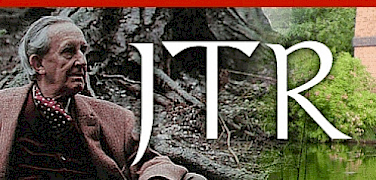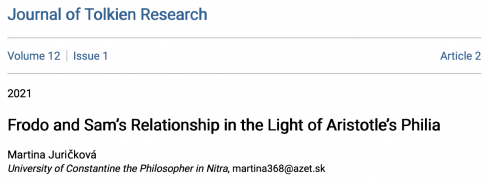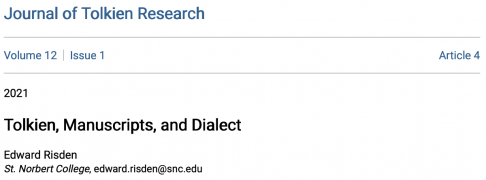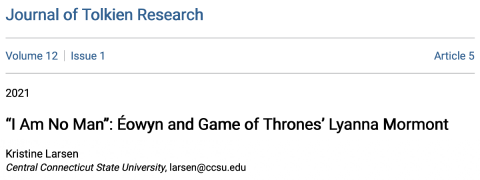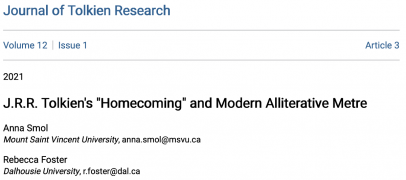
J.R.R. Tolkien’s “Homecoming” and modern alliterative metre
Anna Smol and Rebecca Foster, 21 May 2021 | p. 3
J.R.R. Tolkien’s “The Homecoming of Beorhtnoth Beorhthelm’s Son” is a modern English alliterative verse drama written in the metre of Old English poetry and demonstrating his interest in versification and his skill in writing original alliterative verse in new and versatile ways. Tolkien’s originality also lies in his use of alliterative metre in a play, a genre not written by the early English; in fact, “The Homecoming” is Tolkien’s only published drama as well as historical fiction. While Tolkien bases this work on historical events recounted in the Old English poem “The Battle of Maldon,” he also uses his drama to illustrate some of his scholarly theories about Old English alliterative poetry and poetic tradition and to imagine how “The Battle of Maldon” came to be written. Our examination of his careful handling of the play’s verses as well as his detailed study of alliterative metre, evident in his unpublished manuscripts and in his essay on the topic, shows how he creates various styles in modern English alliterative verse, from colloquial and conversational passages to highly styled set pieces. Our discussion includes consideration of the two characters in the play and their views on and use of alliterative poetry.
